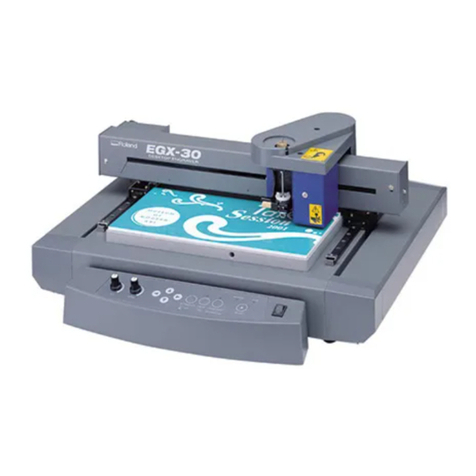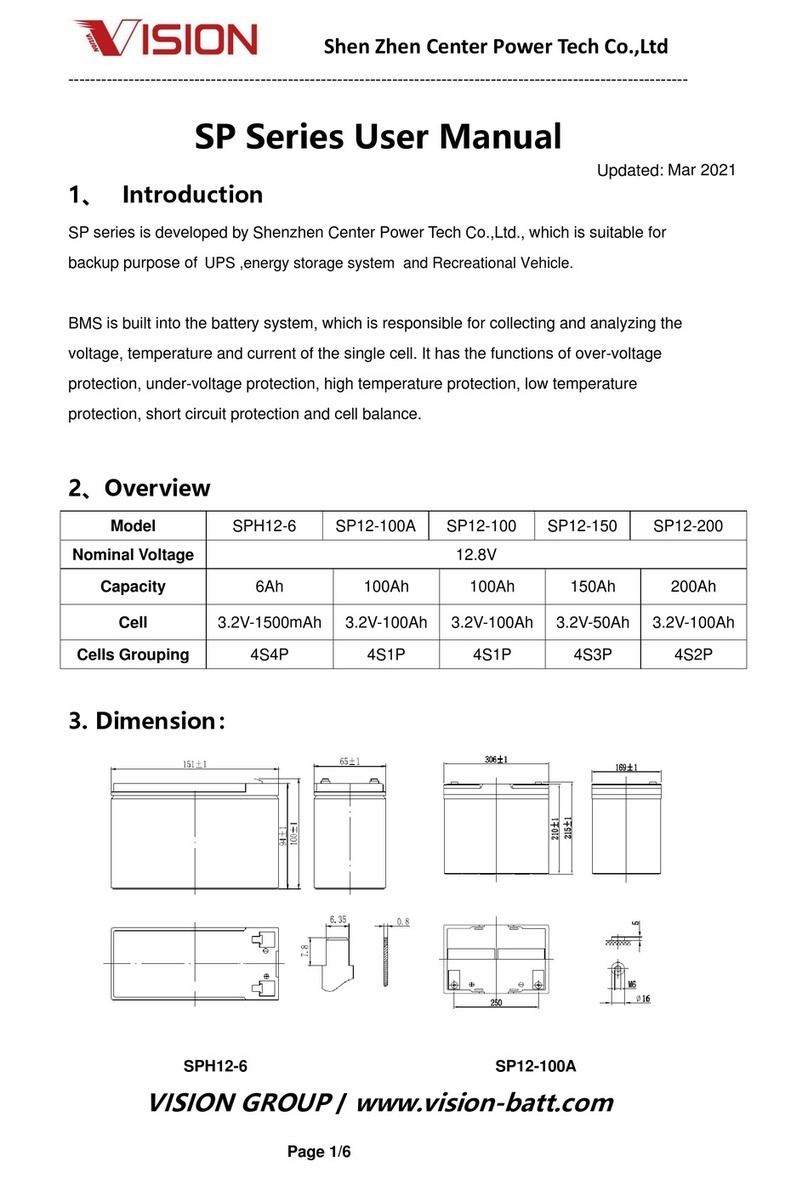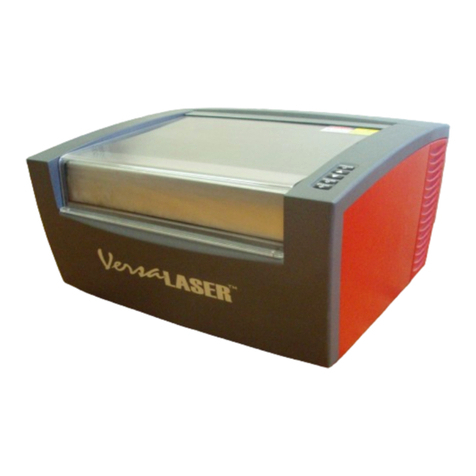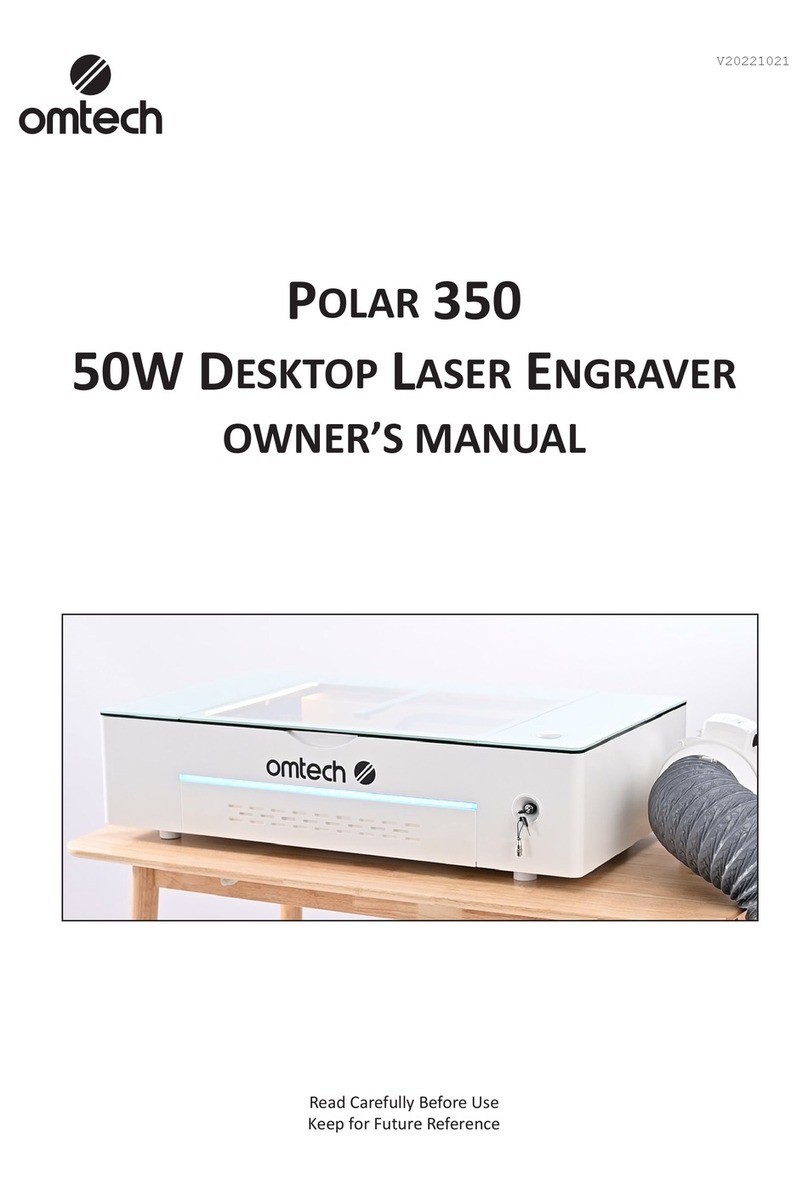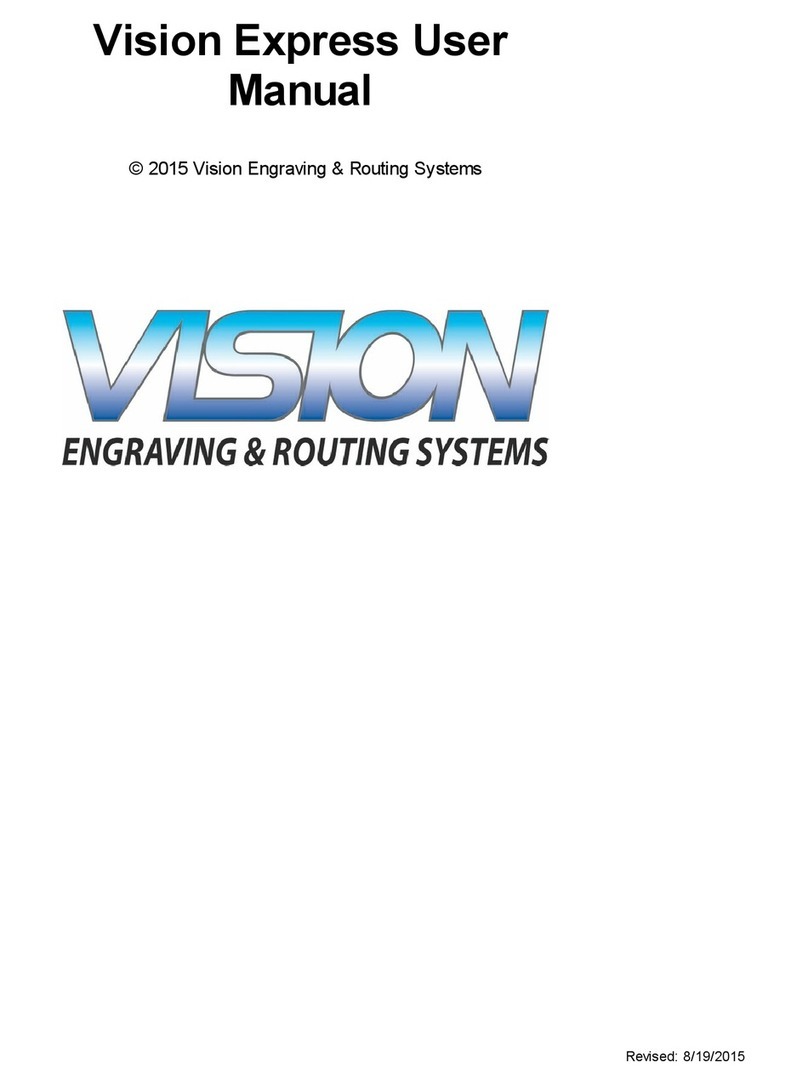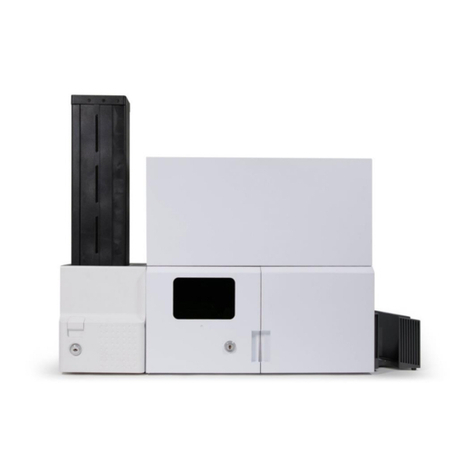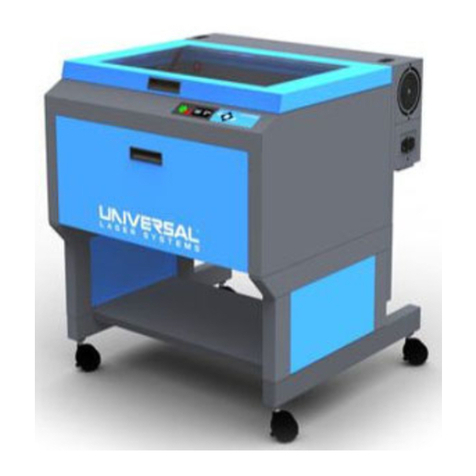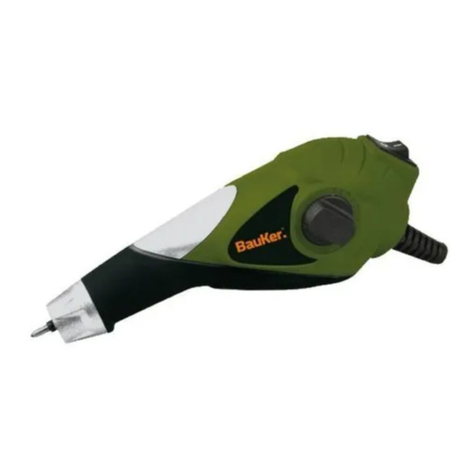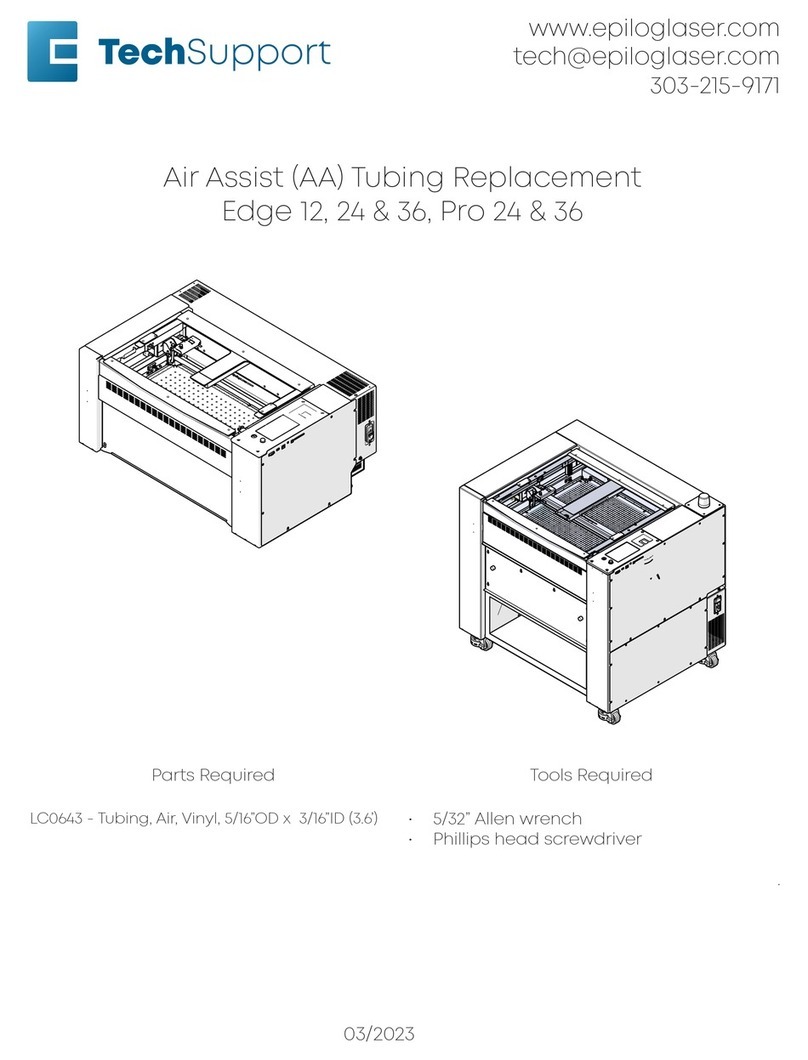2
2.5.3 High voltage risk.................................................................................................................. 12
2.5.4 Risk of electric shock........................................................................................................... 12
2.5.5 Risk of process by product .................................................................................................. 13
2.5.6 Risk of optical system.......................................................................................................... 14
2.5.7 Other risks........................................................................................................................... 15
2.5.8 Measures for emergency .................................................................................................... 15
Chapter3. Equipment Installation and Commissioning ....................................................................... 16
3.1 Equipment Installation........................................................................................................ 16
3.1.1 Unpacking Steps.................................................................................................................. 16
3.1.2 Unpacking and inspection................................................................................................... 16
3.1.3 Adjust the level of the machine .......................................................................................... 18
3.1.4 The installation of computer /display and keyboard and mouse ....................................... 19
3.1.5 Installing fan and water chiller............................................................................................ 20
3.1.6 Equipment grounding ......................................................................................................... 21
3.2 Equipment button instruction ............................................................................................ 23
3.3 Equipment debugging ......................................................................................................... 24
3.3.1 Switching sequence............................................................................................................. 24
3.3.2 Chiller settings..................................................................................................................... 24
3.3.3 Laser debugging .................................................................................................................. 25
3.3.4 Commissioning.................................................................................................................... 29
Chapter4. System Maintenance........................................................................................................... 31
4.1 Mechanical maintenance.................................................................................................... 31
4.1.1 Lubrication of transmission parts ....................................................................................... 31
4.2 Electrical maintenance........................................................................................................ 31
4.2.1 Electrical components......................................................................................................... 31
4.2.2 Emergency Stop button ...................................................................................................... 31
4.3 Maintenance of Optical Path and Optical Devices.............................................................. 32
4.4 Auxiliary equipment maintenance...................................................................................... 34
4.4.1 Cleaning the fan .................................................................................................................. 34


